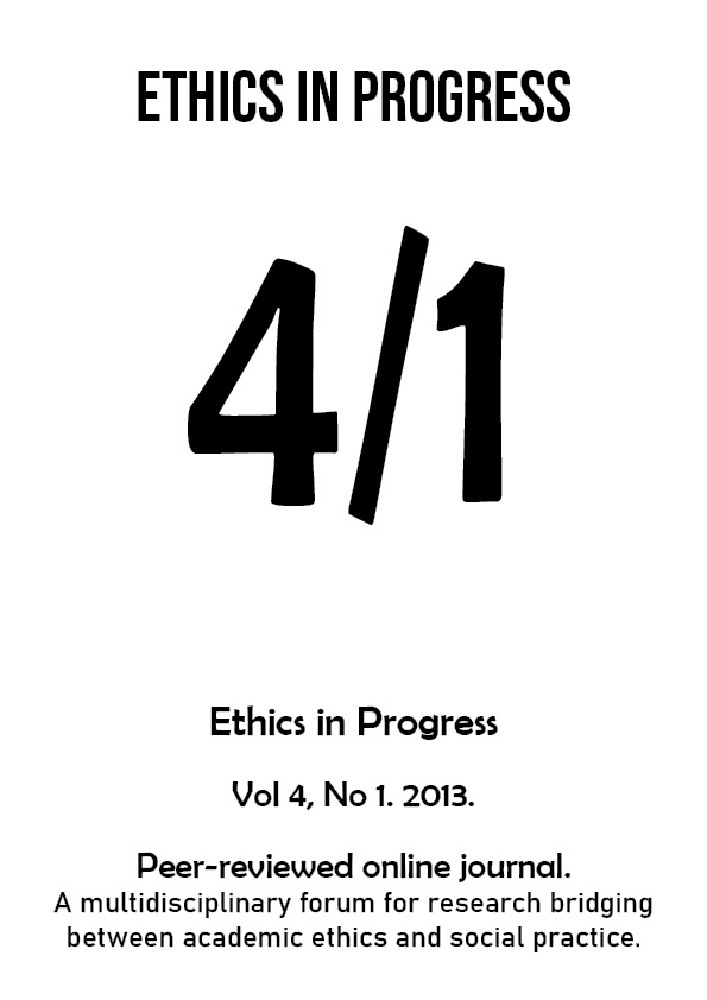Abstract
Pre-school play is an important moment in a child’s development. Caretakers play an important role during play. This article presents a structure of educational competence called “constructive empathizing” or “invitingaccompanying competence”. A caretaker’s special task during child’s play is conversion between the third-person knowledge and a subjective, autotelic interaction. The caretaker’s constructive empathizing during a child’s play determines the child’s social and moral development, it helps the child to turn play into work, as a sign of higher spontaneous understanding of cultural norms standing behind cultural correctness actions. Finally, it is evidence of dynamic interaction between abstract-concrete thinking, with the child learning from the caretaker.References
Bornstein, M. H. 1989. “Between Caretakers and Their Young: Two Modes of Interaction and Their Consequences for Cognitive Growth”. In: M.H.
Bornstein and J. S. Bruner (Eds.), Interaction in human development. Hillsdale, NJ: Erlbaum.
Bornstein, L., Bornstein, M. H. 2007. “Parenting Styles and Child Social Development”. In: Encyclopedia of Early Childhood Development. Retrieved from http://www.child-encyclopedia.com/documents/bornsteinANGxp.pdf on 15.03.2013.
Brzezińska, A. 1985. “Aktywność zabawowa i jej znaczenie dla rozwoju dziecka w wieku przedszkolnym”. In: A. Brzeziń ska, M. Burtowy (Eds), Psychopedagogiczne problemy edukacji przedszkolnej, wybrane zagadnienia z teorii i metodyki wychowania przedszkolnego. Poznań : Wydawnictwo Naukowe UAM.
Dewey, J. 1910. How We Think? Boston - New York - Chicago: D. C. Heath & Co. Publishers. Retrieved from http://www.questia.com/read/55293743/how-we-think on 18.03.2013.
Pałubicka, A. 2006. Myślenie w perspektywie poręczności a pojęciowa konstrukcja świata. Bydgoszcz: Epigram.
Schaffer, H.R. 1992. “Joint Involvement Episodes As Contexts for Cognitive Development”. In H. McGurk (Ed.), Contemporary Issues in Childhood Social Development. London: Routledge. Reprinted in H. Daniels, Ed., An Introduction to Vygotsky. London: Routledge.
Smith, P. 2010. Children and Play. Oxford: Willey&Blackwell. Vygotsky, L. S. 1966. Play And Its Role in The Mental Development of The Child. Trans. C. Mullholland. All-about-psychology.com, Retrieved from http://www.all-about-psychology.com/support-files/play-and-its-rolein-the-mental-development-of-the-child.pdf on 15.03.2013.
Vygotsky, L. S. 19821, 1987. Sobranie sochinenii v shesti tomakh / Collected Works in Six Vols. Ed. by A. V. Zaporozhets; General Eds. R. W. Rieber & A. S. Carton, J. S. Bruner. Vol. 3, Prologue and trans. N. Minick. New York: Plenum Press.
Zamiara, A. 1989. “Psychological Versus Cultural Approaches to Participation in Culture”. In: J. Kmita, K. Zamiara (Eds.), Vision of Culture And the Models of Cultural Science. Amsterdam – Atlanta: Rodopi.
White, M. 2002. Philosophy of Culture. The Scope of Holistic Pragmatism. New Jersey: Princeton University Press.




